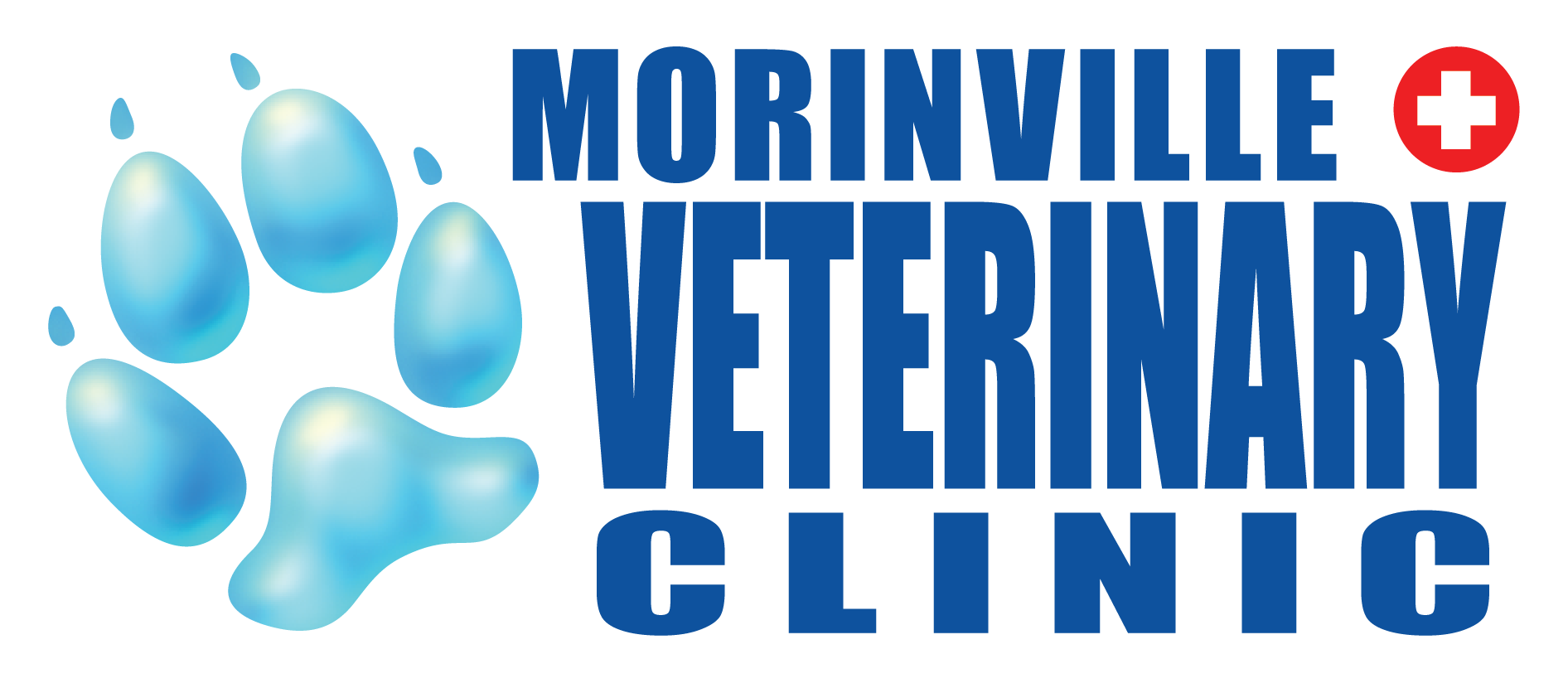Our feline friends require dental work, just like you and I. Dental health is part of your cat’s overall health. It is important to treat dental health concerns before it leads to bigger problems. Dental issues are often painful. Once dental disease is advanced, major dental procedures must be performed. Dental disease can also have a negative impact on your cat’s internal organs.
What is involved in a dental cleaning procedure?
Feline dental cleaning procedures are performed under a general anesthetic. Pets are anesthetized, intubated and maintained on surgical IV fluids. Your feline is closely monitored during the entire procedure by a veterinarian and a registered veterinary technician. During the procedure, plaque and tartar are cleaned from the teeth. Gum health and infected/damaged teeth are assessed. In some cases, dental radiographs are taken to assess the health of the tooth, root and jaw bone. Infected or damaged teeth are often extracted. The remaining healthy teeth are polished and a fluoride treatment is applied.
What are signs of dental problems in cats?
Signs of dental problems in cats are bad breath, swollen red gums, drooling, inappetence.
Are some breeds more susceptible than others?
All cats are susceptible to dental disease. Brachycephalic cat breeds such as Persian cats are more susceptible to dental disease, simply due to their jaw/skull structure. Their skull and jaw shape negatively impact their oral health. These breeds will require extra attention to dental care.
What is feline tooth resorption?
Feline tooth resorption or resorptive lesions, is an oral issue seen in felines. Tooth resorption is similar to a cavity. The lesion starts off as a hole in the tooth, if left untreated, the lesion will penetrate the dentin and jaw bone. Tooth resorption is very painful and affected teeth must be extracted. The cause for resorptive lesions is still up for debate.




